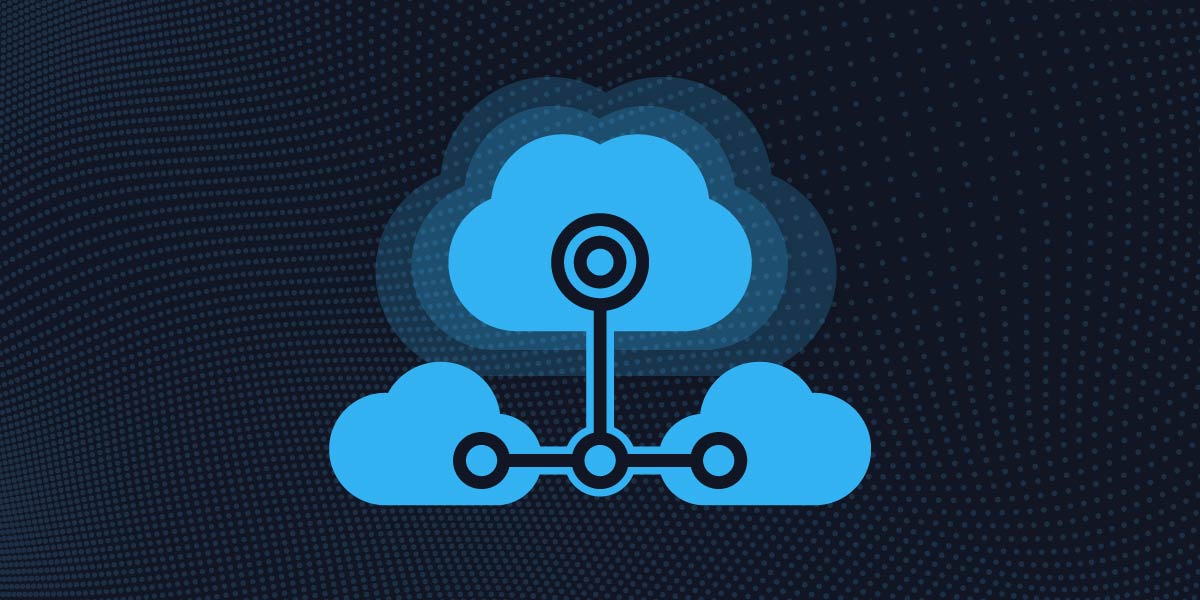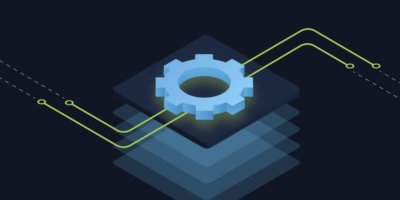As we enter a new era of technology, we’re experiencing a “third wave” of cloud innovation that brings new complexities into the IT landscape, mainly centered around multi-cloud networking. With every wave of cloud technology advancement, networking components are becoming more complex and distributed across multiple groups. Further, multi-cloud networking brings new challenges around connecting and managing across dispersed environments comprising private and public clouds, along with physical data centers. Organizations must unify their network operations in a way that enhances their capabilities into a new level of skill and efficiency.
Looking forward to new capabilities offered by automation tools, technology leaders can augment their 2022 IT strategies. How?
- Support a more seamless transition to cloud within hybrid IT infrastructures.
- Cultivate new values brought to an organization from network engineers.
- Enable executive leaders to easily align operations across multiple teams – spreading innovation across the entire organization.
Connecting Hybrid IT Infrastructures
As more IT leaders invest in an assortment of digital tools to streamline network operations – some engineering teams might feel more reluctant to leave behind old processes or feel intimidated by the multitude of new capabilities at their fingertips. With modern tools and processes gradually being incorporated into the workflow of IT departments, it’s critical to find the right balance in this “hybrid” environment, which will include a combination of both traditional on-premises systems with new cloud applications. Automation can help smoothen the transition to new technologies by simplifying manual processes previously relied on, while also bridging together the plethora of systems for easier management.
Leveraging Cloud-Native Automation
When bridging together disparate systems, leveraging cloud-native automation solutions that provide API capabilities can make all the difference. These solutions not only build the appropriate connectivity required between different applications but also provide the flexibility to manage networks in a cloud-friendly way. Additionally, automation can be deployed to ensure compliance of device configurations that span both on-premises network devices, as well as those connected to cloud-based infrastructures. For example, with automation it’s possible to quickly perform a configuration back-up, check for compliance and execute “intelligent remediation.” This translates to a network device or group of devices that can be backed up and the current configuration compared against the existing Golden Configuration standard. Changes can be automated to ensure the network is adhering to the current compliance standard. Further, automation is changing the way that IT teams approach daily operational challenges.
Evolving Value in Network Teams
Network engineers play a unique role in organizations by performing tasks that require years of training, and an understanding of the complex ins and outs of their internal systems. Although the performance of these manual tasks might be assumed to be the value-driver for engineers – the adoption of new technologies has pushed the boundaries of what network professionals are familiar with. In turn, this has evolved expectations for what constitutes true success and impact. Organizations are looking for engineers to harness the power of these new technologies and execute on a modern strategy – utilizing automation to support this new mindset.
Streamline the Adoption of Integrated Multi-Cloud Environments
Breaking down the silos between technologies and teams is critical in order to understand how to get the most out of their investments. For network teams to fully embrace multi-cloud networking, they need to practice deeper management, segmentation, security and control of cloud networks. As with segmentation – automation can help network teams lean away from using overlays, and instead use the native software tools in AWS, Azure, etc. Additionally, many network teams might be under the false misconception that automation requires them to learn to program and write code – when in many new tools, network elements can be managed and orchestrated directly from within the code of an application. This will make network programmability part of the cloud software fabric and streamline the adoption of integrated multi-cloud environments. Network teams can implement both compliance and automation to standardize both on-prem or new cloud programs, simultaneously building their automation skills without the need to write a single line of code.
Aligning Operational Efficiency
When investing in new IT infrastructures across organizations, IT leaders typically build up their programs “vertically” within each department. However, this creates a gap between teams, as each is operating in separate models and functionalities – driving up unnecessary costs and inefficient business practices. To successfully align multi-cloud initiatives for increased operational efficiency in 2022, IT leaders will be required to invest more “horizontally” across their organizations – and in doing so, incorporate automation tools to reduce time and stress.
Implementing NaaS
Achieving operational efficiency can reduce the time and stress experienced by IT teams – this is where the adoption of networking-as-a-service (NaaS) tools can play a beneficial role. IT leaders can invest in networking services directly from the cloud rather than building a new network. Over the next year, as cloud infrastructure expands, NaaS implementations will in tandem grow in importance – enterprises and other organizations (including service providers) will have opportunities to leverage cloud infrastructure without building new networks themselves. Automation tools can help accelerate the time-to-complete and automate the highest percentage of tasks in the activity, eliminating as much idle time as possible.
Moving Models & Making Improvements
When considering the investment in these types of tools, it is important to keep in mind how they impact the entire process versus individual tasks. By automating an entire process, not just individual tasks, the operator gains the flexibility to do more in much less time with fewer resources — making innovation possible. With increased flexibility and more time available, engineering and operations teams can focus their attention on strategic activities of greater value instead of performing routine, time-intensive activities. Operations are improved when IT leaders can move from a “human-centric” paradigm to an “automation-centric” model. For example, for maintenance checks, the team can let systems run an increasing number of pre-checks in seconds – enabling the process to execute more efficiently and safely. The key is adopting a model that automates the entire process versus individual tasks.
Moving Forward
In the next year, as more workplaces operate in hybrid models, IT leaders will need to evolve their processes to not only unify operations/approaches for remote and in-person employees – but move forward with this new wave of cloud modernization. In doing so, automation can help mitigate and manage the challenges that come with multi-cloud networking, bolstering skill and efficiency for long-term business impact.
To learn more about what it takes to deliver network automation in a hybrid cloud world, download our white paper, in collaboration with Futuriom, outlining the challenges with adoption and why networking with be pivotal for success.
Article originally published on www.DevOps.com






